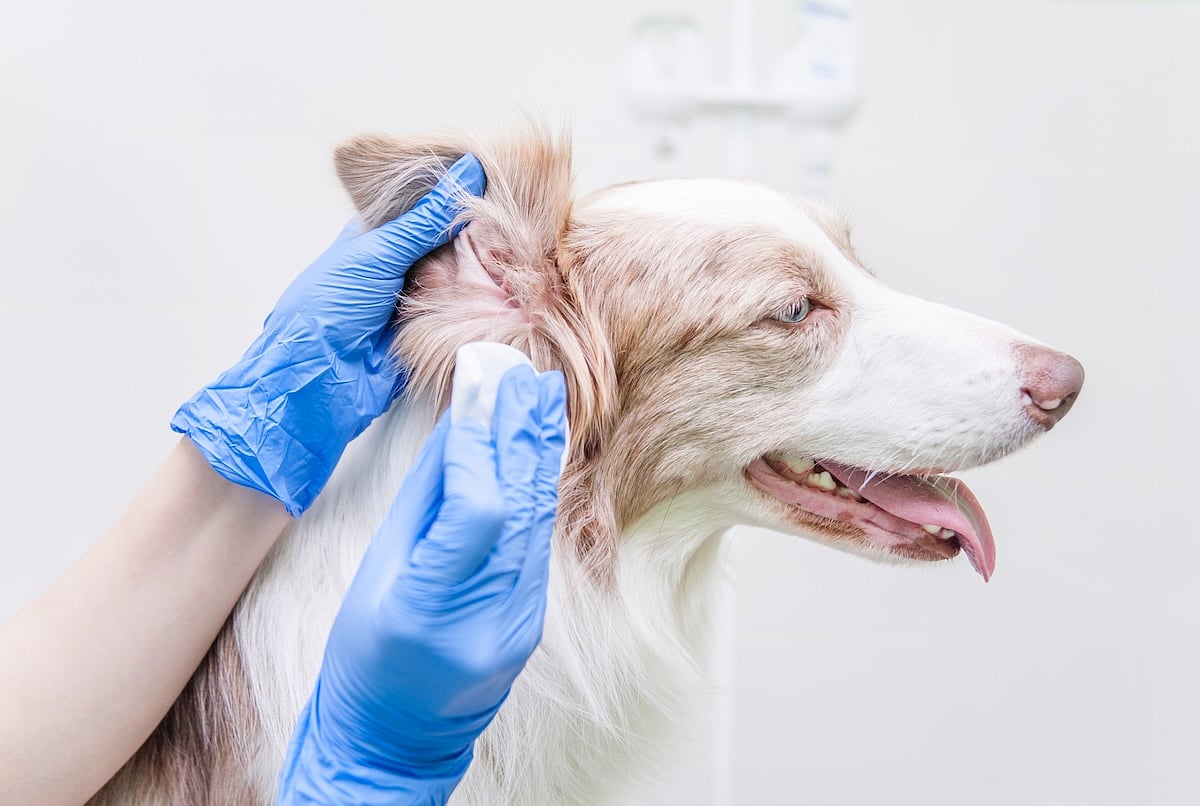2025 Holiday Hours
Closed:Dec 25 (Thu), Jan 1 (Thu)
Open: Dec 24 (Wed) 9am–2pm, Dec 31 (Wed) 9am–4pm
Recursos del Paciente
Manténgase sano!
Topical Antibiotic May One Day Treat Infected Ears
- May 10, 2025
- Carole Tanzer Miller
- HealthDay Reporter

Any parent who has been jolted awake by the squeals of a toddler with an ear infection knows that relief won't be swift -- or sure.
Kids often build resistance to the usual days-long antibiotic treatment regimen so the painful infections can come roaring back. But Cornell University researchers report encouraging results from animal tests of a single dose of topical antibiotic gel.
"I often receive emails from parents asking when our formulation will be available, and I share their hope for a solution," said researcher Rong Yang, an assistant professor of chemical and biomolecular engineering.
"A single-dose treatment for middle ear infections represents a significant step forward toward reducing the burden on families and improving outcomes for young children," she added in an American Chemical Society news release.
Applying an antibiotic directly to the infected ear rather than taking a pill could help reduce side effects like upset stomach and yeast infections. But these infections usually occur behind the eardrum, a structure that researchers note is "impervious to most drugs."
Yang and her colleagues found a way around that obstacle: They enclosed the antibiotic ciprofloxacin inside microscopic cells called liposomes, which are used to deliver drugs to specific locations in the body. These negatively charged liposomes were then incorporated into a salve.
When the salve was applied to the eardrums of infected chinchillas, their infections were cured within 24 hours, the team reported recently in the journal ACS Nano.
Importantly, the infections did not recur during the seven-day treatment regimen and the chinchillas had no inflammation in their eardrums.
Parents shouldn't celebrate just yet: Results of animal testing are often different in people. And other formulations of this gel were less effective in the chinchilla tests.
But researchers say a single dose of their treatment could potentially reduce use of antibiotics in children, helping head off antibiotic resistance.
"I am most excited about the next stage of translating this technology from the lab to the clinic, as it has the potential to improve patient compliance, reduce antibiotic resistance, and ultimately transform how children receive antibiotics," Yang said.
More information
The Mayo Clinic has more about the causes and treatment of ear infections.
SOURCE: American Chemical Society, news release, May 5, 2025

